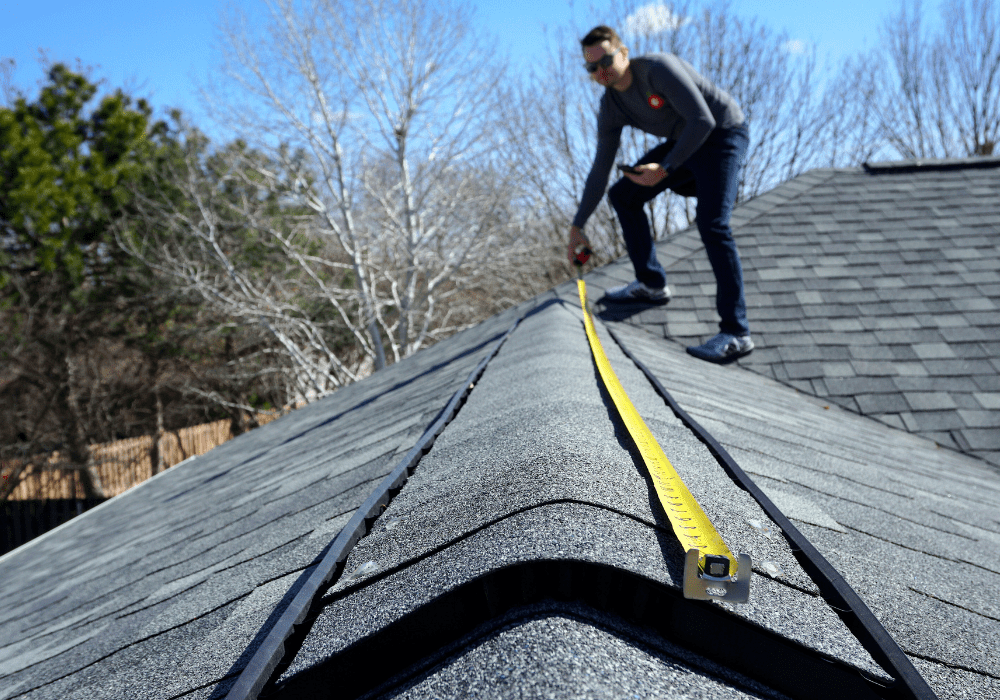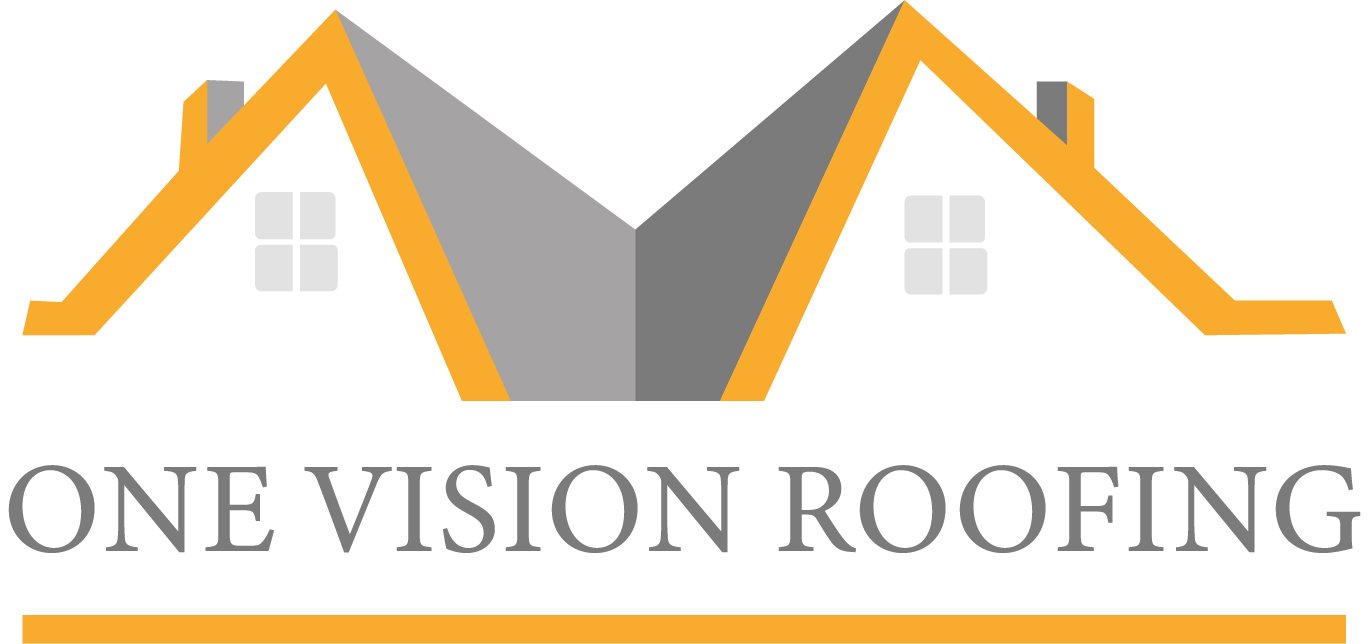
Many homeowners overlook their roof until a problem becomes impossible to ignore. However, regular roof inspections can prevent costly repairs, extend the lifespan of your roof, and ultimately save you thousands of dollars. If you’ve ever wondered whether it’s worth investing in a professional roof inspection, the answer is a resounding yes—not just for your peace of mind but for your wallet as well.
This article dives into the benefits of roof inspection, the roof inspection cost, how often you should schedule one, and the critical role inspections play in long-term roof savings.
The Importance of Roof Inspections: A Proactive Investment
Your roof is constantly exposed to sun, wind, rain, and debris, all of which contribute to wear and tear over time. A damaged or aging roof can develop small leaks or weak spots that aren’t immediately visible. Without a routine inspection, these issues can fester and worsen—leading to water damage, mold growth, and structural compromise.
The true roof inspection importance lies in prevention. Identifying potential problems early through regular roof maintenance not only protects your home but also saves you from emergency repair costs, home interior damage, and full roof replacements. Simply put, small repairs cost much less than extensive restorations.
How Often Should You Inspect Your Roof?
Many experts recommend an annual roof inspection at minimum. However, if your home is in an area prone to extreme weather—like hurricanes, hailstorms, or heavy snowfall—twice-a-year inspections may be more appropriate. After major weather events, always schedule a professional to evaluate your roof for hidden damage.
So, how often to inspect roof? Ideally:
- Once a year in normal climates
- Twice a year in regions with seasonal storms
- After any major weather-related event
This regular cadence ensures early detection of damage and supports smart budgeting for minor maintenance instead of emergency fixes.
What Does a Roof Inspection Include?
A professional inspection follows a comprehensive roof inspection checklist. While each contractor may have their own approach, here are common elements included in a thorough roof inspection service:
- Examination of shingles or roofing material condition
- Flashing and sealant inspection
- Assessment of gutters, downspouts, and drainage systems
- Evaluation of roof penetrations (vents, skylights, chimneys)
- Check for signs of water intrusion or mold
- Interior inspection for ceiling stains or attic damage
With a clear inspection report in hand, homeowners can make informed decisions about what actions are needed to protect their roof.
Roof Inspection Cost: What Should You Expect?
The average roof inspection cost typically ranges from $100 to $300, depending on the size of the roof, accessibility, and the complexity of the inspection. Some roofing companies even offer complimentary inspections if you’re a regular customer or purchasing another service like gutter cleaning or roof repair.
Compared to the cost of roof repairs, the investment in an inspection is minimal. For example, identifying and sealing a small leak might cost under $200, whereas repairing extensive water damage from that same leak left unchecked could cost thousands in structural repair and mold remediation.
Roof Inspection Savings: How It Pays Off
The long-term roof inspection savings become clear when you look at what routine inspections help you avoid:
- Water damage to insulation, drywall, and flooring
- Mold remediation and health hazards
- Full roof replacements that could have been prevented
- Energy inefficiencies from poor ventilation
- Compromised structural integrity of your home
These inspections also allow you to plan ahead. By catching small issues, you can schedule repairs during the off-season when prices are often lower. More importantly, you avoid surprise repairs that strain your budget.
Spotting Early Signs of Roof Damage Before It’s Too Late
One of the biggest benefits of roof inspection is identifying problems while they’re still manageable. A trained eye can spot subtle indicators that an untrained homeowner might overlook. These early signs of roof damage include:
- Discoloration or streaking on shingles
- Soft or sagging spots on the roof deck
- Rusted flashing or loose nails
- Shingle granules in gutters
- Slight water stains on attic beams
While these signs may not seem urgent, they are often the beginning of larger issues. Routine inspection allows for correction before further damage occurs.
Roof Damage Prevention Through Regular Maintenance
The best way to prevent roof damage is by combining inspections with a regular maintenance plan. Roof maintenance cost is significantly lower when you are proactive. Services like sealing flashing, replacing a few damaged shingles, or cleaning out your gutters can go a long way in preventing major deterioration.
Think of it like getting your car serviced. Skipping an oil change might save money in the short term, but it will cost you a new engine down the line. Your roof works the same way—regular checkups lead to a longer-lasting system and roof upkeep savings over time.
Extend Roof Lifespan with Consistent Inspections
The average asphalt shingle roof lasts 20–30 years—but only when properly maintained. By having a set roof inspection frequency, you’re not only protecting your home today but also ensuring that your roof reaches or even exceeds its expected lifespan.
Delaying inspections allows hidden issues to weaken your roof’s structure, accelerating the need for a costly replacement. If you want to extend roof lifespan, consistent inspection and minor upkeep are essential strategies.
Roof Inspection Tips: Choosing the Right Contractor
Not all inspections are created equal. To get the most accurate insights, hire a reputable, licensed roofing contractor with positive reviews and proper insurance. Ask for a detailed report with photos and recommendations. This transparency allows you to understand the current condition of your roof and decide whether repairs or further evaluations are needed.
Make sure your contractor explains their roof inspection checklist clearly. This ensures you’re getting a thorough examination and not just a quick glance that misses critical problems.
Why Professional Roof Inspection Beats DIY
While it may be tempting to do a roof inspection yourself, most homeowners lack the experience to catch hidden issues. More importantly, walking on your roof can be dangerous if you’re not trained or properly equipped.
A professional roof inspection offers several advantages:
- Comprehensive knowledge of roofing systems
- Access to specialized tools (infrared cameras, moisture meters)
- Safer and more accurate assessment
- Peace of mind from expert advice
Hiring a professional may come at a cost, but it is a smart investment when you factor in the value of roof damage prevention and long-term security.
Conclusion: An Inspection Today Could Save Thousands Tomorrow
Roof problems don’t fix themselves—they only get worse with time. Regular inspections are one of the most effective ways to catch small issues before they turn into large, expensive ones. When you weigh the modest roof inspection cost against the potential for roof inspection savings, the value becomes clear.
By staying ahead with annual roof inspection, recognizing early signs of damage, and partnering with a trusted roofing contractor, you protect your home, your health, and your finances. It’s an affordable, practical habit that leads to real long-term roof savings.
